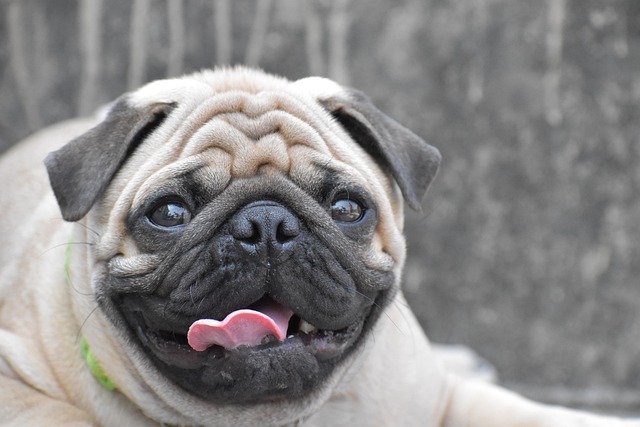
How do i train my dog to be obedient?
Watching your dog dart across the park ignoring your calls isn’t just frustrating—it can put them at risk near busy streets or public spaces.
Watching your dog leap over hurdles and dash through tunnels is pure magic, but getting there takes patience, consistency, and a good understanding of your furry athlete. Training a dog for an obstacle course isn’t just about fun and games—it’s a great way to bond, keep them fit, and even participate in local canine events. Let’s explore how you can transform your pet into an agility star.
First things first: safety comes before speed. In many communities, there are regulations regarding pet activities in public spaces. Whether you’re setting up a course in your backyard or using a community park, make sure you’re following local rules. Some areas require permits for organized dog training, and others have restrictions on the type of equipment you can use. Always check beforehand to avoid any legal headaches.
Start small with basic commands. Your dog should have a solid grasp of “sit,” “stay,” and “come” before tackling obstacles. These foundational commands are the building blocks for more complex maneuvers. Think of it like learning grammar before writing a novel. Use positive reinforcement—like treats and enthusiastic praise—to make the training sessions enjoyable. Remember, happy dogs learn faster.
 Introduce obstacles one at a time. Begin with something simple, like a low hurdle. Place a treat on the other side and encourage your dog to jump over. Keep the height manageable at first, gradually increasing it as your dog gains confidence. If you’re using store-bought agility equipment, ensure it meets safety standards. Many pet product regulations require proper labeling and testing to prevent injuries.
Introduce obstacles one at a time. Begin with something simple, like a low hurdle. Place a treat on the other side and encourage your dog to jump over. Keep the height manageable at first, gradually increasing it as your dog gains confidence. If you’re using store-bought agility equipment, ensure it meets safety standards. Many pet product regulations require proper labeling and testing to prevent injuries.
Tunnels can be intimidating for some dogs. Start by letting them explore the tunnel at their own pace. Place treats inside to entice them in. Never force your dog through an obstacle; it can create fear and set back your training progress. In areas where animal welfare is strictly enforced, mistreating your dog during training can lead to serious consequences, including fines or even having your pet removed from your care.
Weave poles demand coordination. Begin by spacing the poles wide apart, allowing your dog to easily move between them. As they get the hang of it, gradually narrow the distance. Use a guiding hand and verbal cues to help them navigate. Just like in any sport, proper technique is crucial, and rushing the process can lead to mistakes.
Once your dog is comfortable with individual obstacles, start stringing them together. Create a short, simple course and practice regularly. But don’t forget about breaks. Dogs, like humans, need rest to avoid burnout. And if you plan to enter your dog in competitions, familiarize yourself with the event rules and requirements. Some competitions have specific age, vaccination, and registration criteria.
Training your dog for an obstacle course is a rewarding journey. It strengthens the bond between you two and showcases your dog’s natural abilities. By following local regulations, prioritizing safety, and using positive training methods, you’ll not only have a skilled agility dog but also a well-behaved pet that’s a joy to be around.

Watching your dog dart across the park ignoring your calls isn’t just frustrating—it can put them at risk near busy streets or public spaces.

New puppy owners often find themselves rushing to clean up accidents before they set in, and that’s where puppy pad training becomes a game-changer.

If you've noticed your dog's waistline disappearing and your veterinarian has mentioned those few extra pounds, your first instinct might be to simply reduce the amount of food in their bowl.

Training a dog to use a designated spot indoors isn’t as daunting as many new owners fear, but it does take consistency and an understanding of your pet’s needs.

That moment of dread on a walk is all too familiar for many new dog owners. You see another dog approaching down the sidewalk of your neighborhood

If the sight of another dog on your neighborhood walk makes your heart sink as your own dog erupts into a frenzy of barking and lunging, you're not alone.